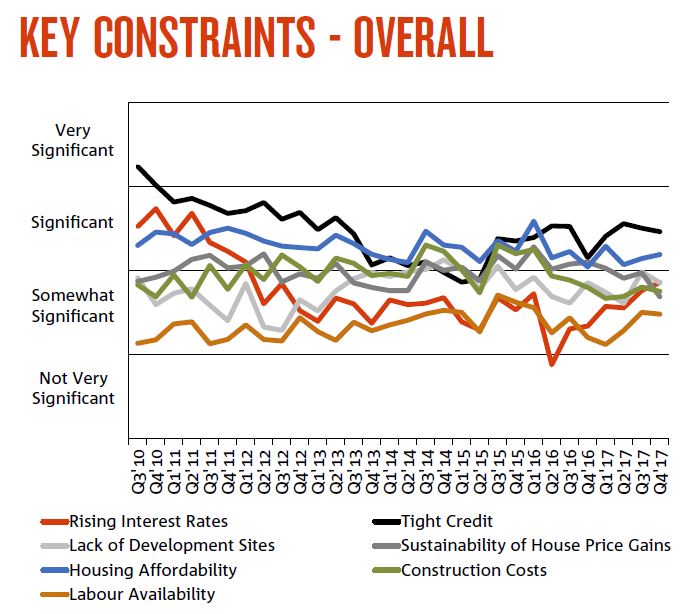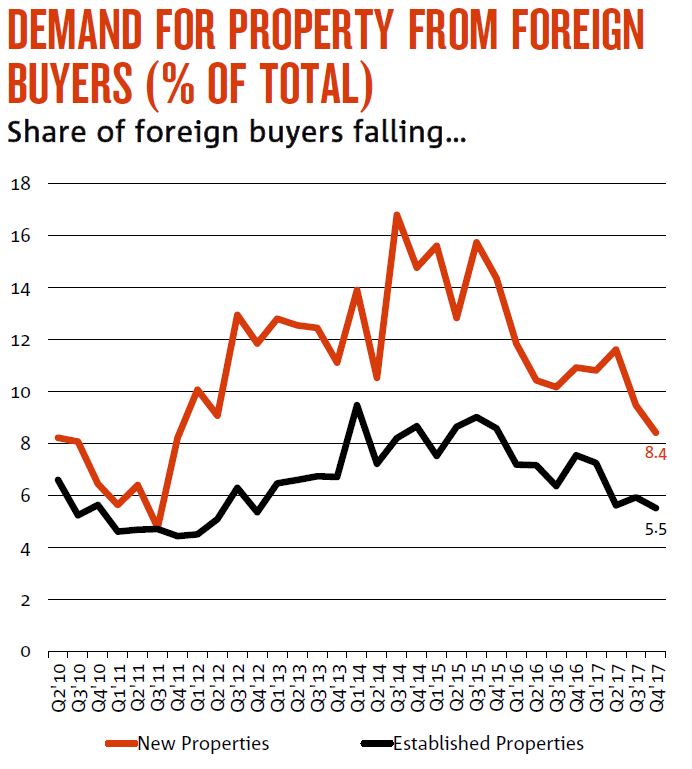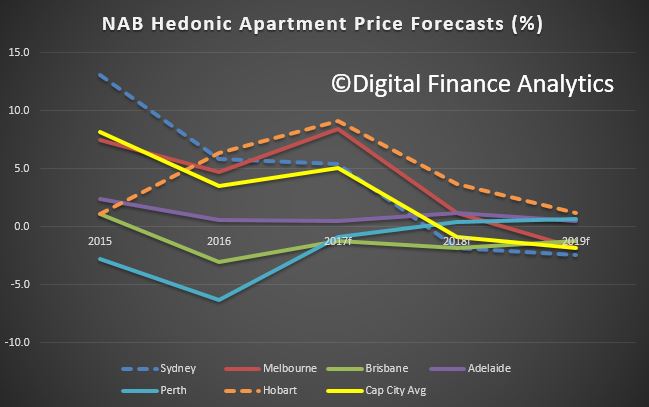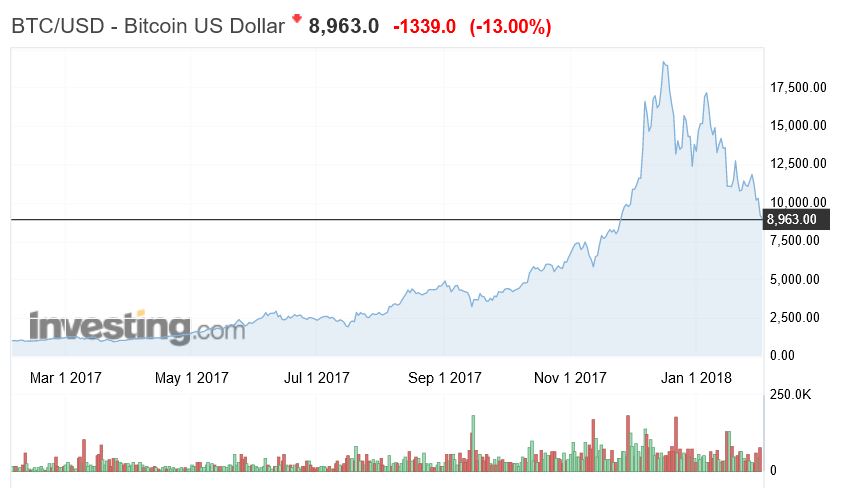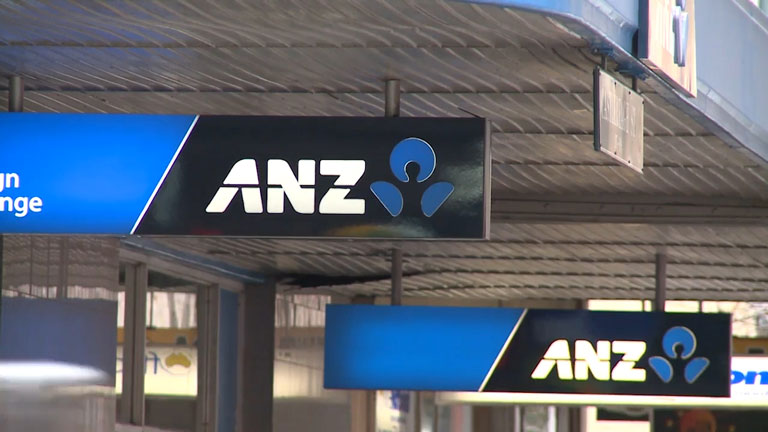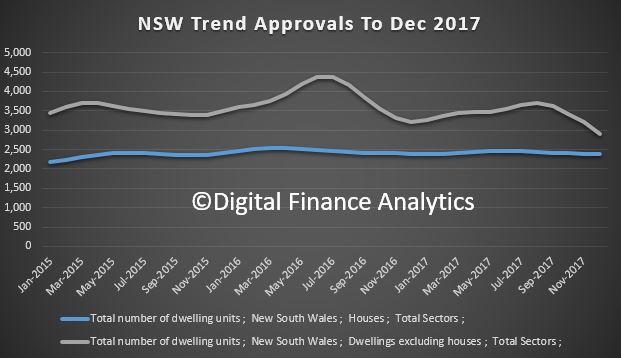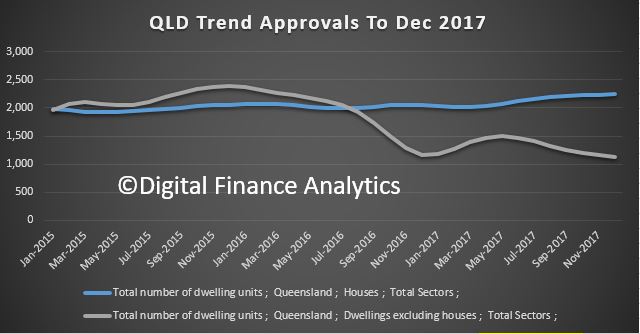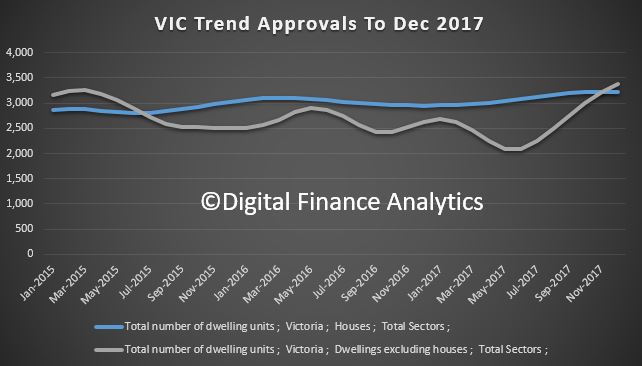Responding to recent and widespread consumer abuses and other compliance breakdowns by Wells Fargo, the Federal Reserve Board on Friday announced that it would restrict the growth of the firm until it sufficiently improves its governance and controls. Concurrently with the Board’s action, Wells Fargo will replace three current board members by April and a fourth board member by the end of the year.
In addition to the growth restriction, the Board’s consent cease and desist order with Wells Fargo requires the firm to improve its governance and risk management processes, including strengthening the effectiveness of oversight by its board of directors. Until the firm makes sufficient improvements, it will be restricted from growing any larger than its total asset size as of the end of 2017. The Board required each current director to sign the cease and desist order.
“We cannot tolerate pervasive and persistent misconduct at any bank and the consumers harmed by Wells Fargo expect that robust and comprehensive reforms will be put in place to make certain that the abuses do not occur again,” Chair Janet L. Yellen said. “The enforcement action we are taking today will ensure that Wells Fargo will not expand until it is able to do so safely and with the protections needed to manage all of its risks and protect its customers.”
In recent years, Wells Fargo pursued a business strategy that prioritized its overall growth without ensuring appropriate management of all key risks. The firm did not have an effective firm-wide risk management framework in place that covered all key risks. This prevented the proper escalation of serious compliance breakdowns to the board of directors.
The Board’s action will restrict Wells Fargo’s growth until its governance and risk management sufficiently improves but will not require the firm to cease current activities, including accepting customer deposits or making consumer loans.
Emphasizing the need for improved director oversight of the firm, the Board has sent letters to each current Wells Fargo board member confirming that the firm’s board of directors, during the period of compliance breakdowns, did not meet supervisory expectations. Letters were also sent to former Chairman and Chief Executive Officer John Stumpf and past lead independent director Stephen Sanger stating that their performance in those roles, in particular, did not meet the Federal Reserve’s expectations.



